The Mute Swan represents the essence of elegance and serenity. From Tchaikovsky’s master piece ballet ‘Swan Lake’ to Hans Christian Anderson’s fairytale ‘The Ugly Duckling’ this graceful bird has been an artist’s muse for centuries. Watching these mighty birds gliding effortlessly over the reflecting glass of a summer pond, it is easy to understand why the Mute swan has been immortalised in art.
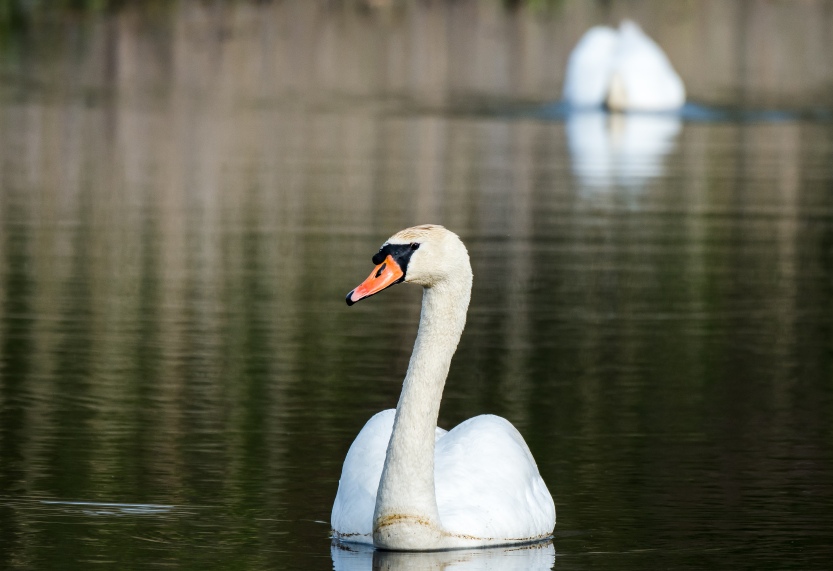
The Mute swan is native to Northern Europe and has been introduced to parts of the United States. I have had the pleasure of enjoying them on both sides of the Atlantic. Like most people in Britain I encountered the birds referred to simply as swans, as a child. I don’t know how old I was when I was first told “mind the swans, don’t get too close, they can break a man’s leg with their wing” but it certainly made an impression on me. I knew that it was true because every person I met, young or old, knew that this bird was a leg breaking monster. Fisherman on the banks of England’s rivers and lakes needed only receive a surly glance and reptilian hiss from an irritated swan to send them moonwalking back from the water’s edge. The second part of the rural legend was that you could not fight back when a swan attacks because Queen Elizabeth II herself owns all the swans in England, and to kill one was surely treason. Prison was a certainty and in the worst of all cases one could lose one’s head. Literally!
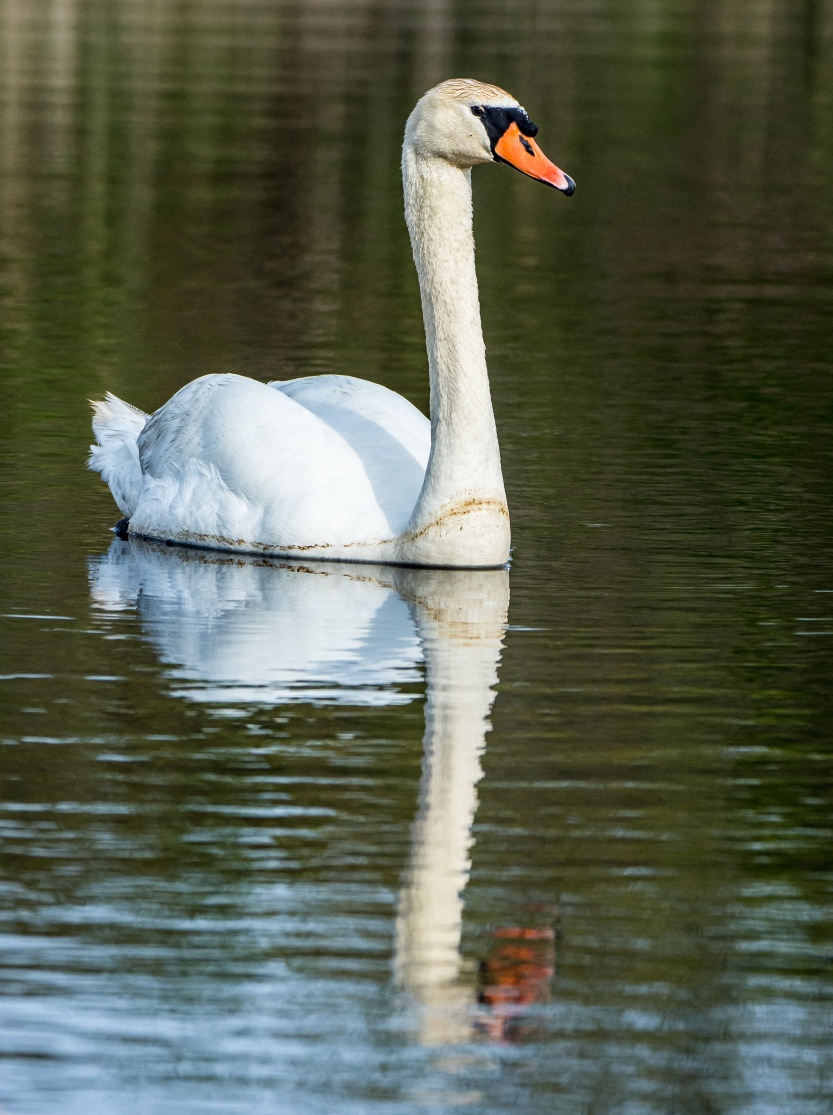
It doesn’t take much research, and takes even less common sense, to discover that a swan can not break a man’s leg with the beat of a wing. Males, or Cobs, are very aggressive in the breeding season, though. It is wise to avoid them, especially if you are on a paddle board or kayak. They may attack and records show that the attack may continue until the intruder has been removed or drowned, as happened in Chicago in 2012. However, it is true that in England the Queen holds the title of Seigneur of the Swans and is able to exercise her right to ownership of all swans. In practice she only does this on a stretch of the River Thames. Once a year for 900 years a group of people led by the the Queens personal Swan Marker carry out an activity known as Swan Upping. This is the annual count and health check of the Queen’s swans undertaken by red-blazered wardens. Stranger than fiction, but true!
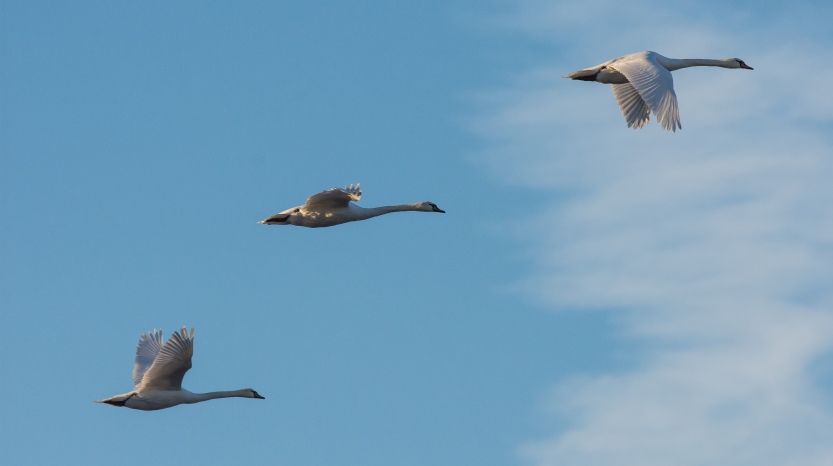
If the Mute swan is serene on the lake it is surely magnificent in the air. The wings spanning over 2 meters (7.5 feet) make the air sing as they pump continuously to keep these massive birds airborne. No easy task when you are 1.5 meters (4.9 feet) long and weigh in at a mighty 13.6 kg (30 lbs).
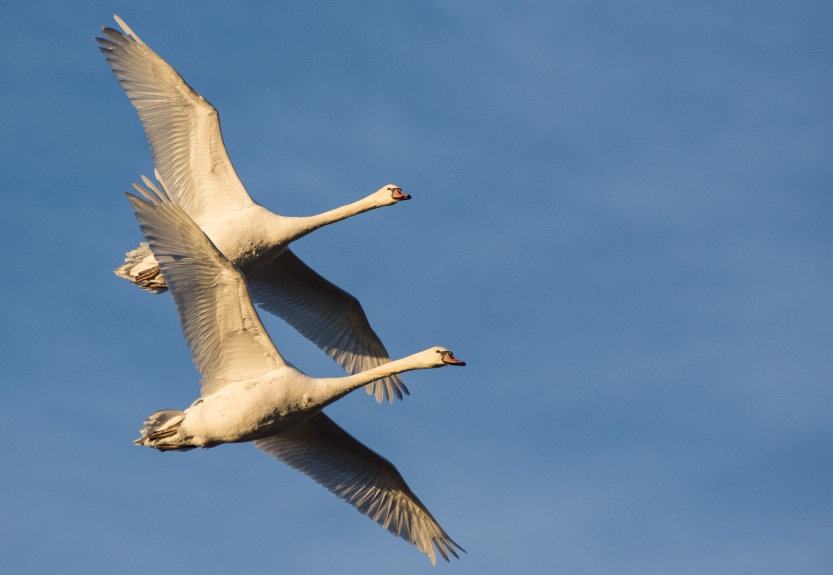
There is a step in between the power of flight and the elegance of swimming. This is the moment of take-off and landing. There is nothing magnificent about the landing. If you watch a swan land you can see a second of panic in it’s eyes at the point of touchdown, followed by another second of pulling itself together and a look in the eye that says “nothing to see here”. Takeoff is a problem. Like a jumbo jet, this heavy bird needs to generate speed to become airborne. A Mute swan needs a runway of almost 10 meters (30 feet) of water to achieve this.
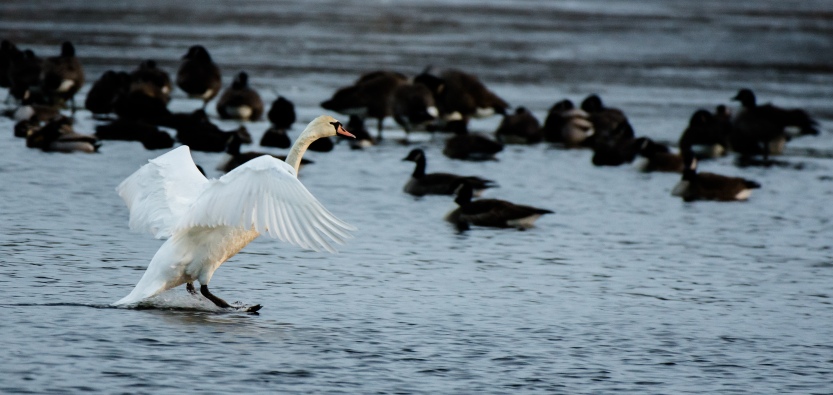

Unlike some other swan species, the Mute swan does not migrate any significant distance. They do make relatively small movements to brackish habitats or large water-bodies to overwinter, but it is common to see swans huddled like heaps of snow on frozen lakes.
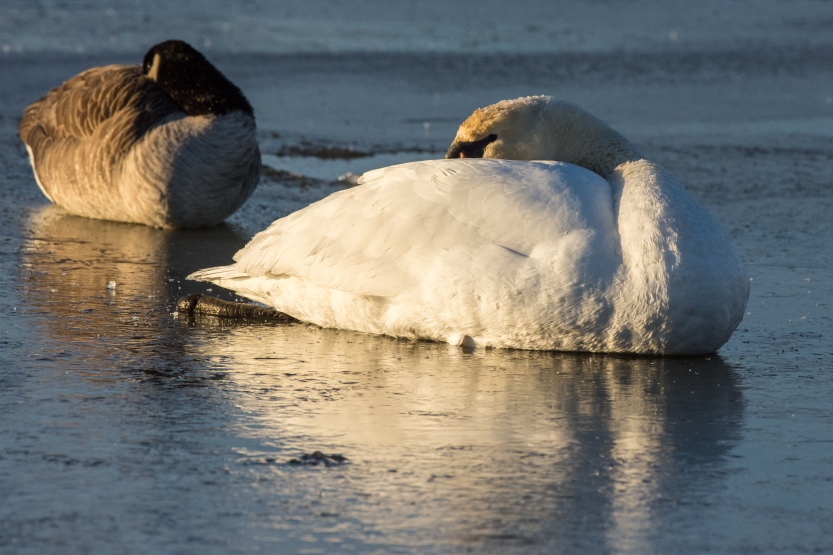
Mute Swans pair for life. The male establishes a territory where they lay their eggs on large reed platform nests. This takes place close to or in the month of April. The image below was taken in New Jersey, where the pen sat sleepily on the nest while the cob kept a watchful eye on this photographer.
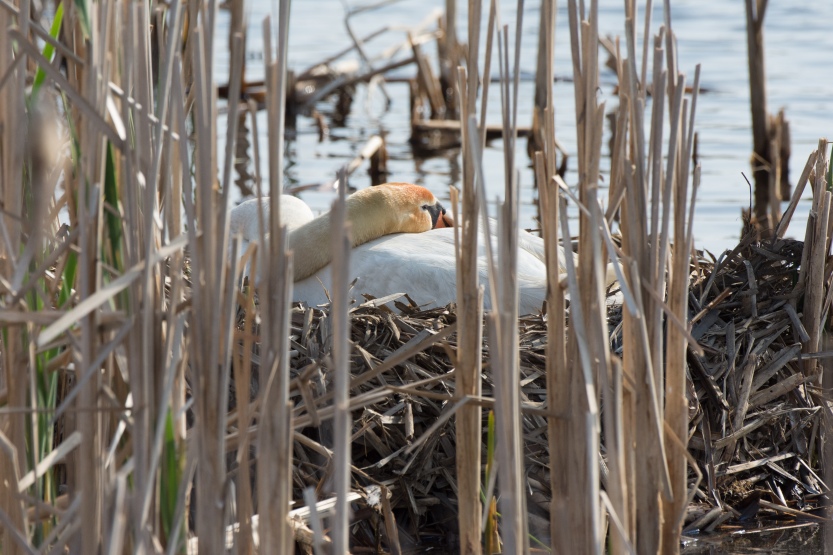

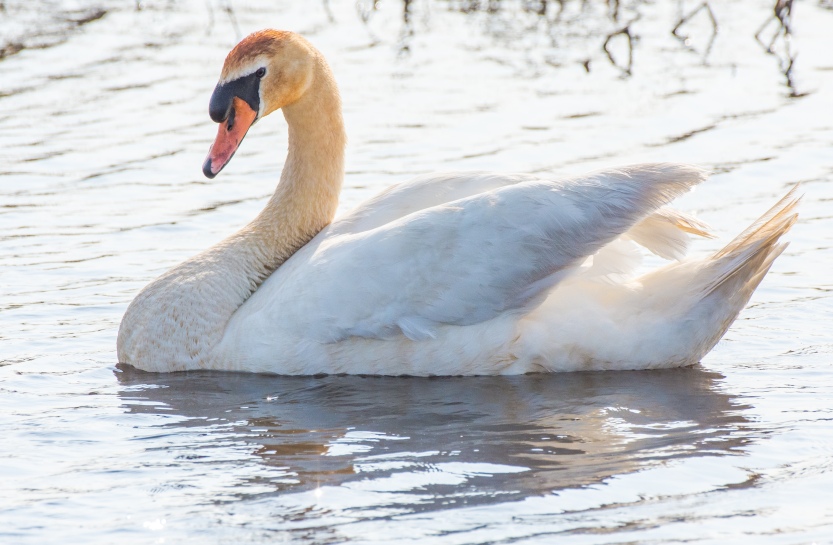
By May and June, if we are fortunate, we can see the beautiful balls of silver grey fluff gliding through the water with mum close by and dad maintaining a protective eye. It is difficult to imagine how these cute cygnets became the inspiration for Hans Christian Anderson’s Ugly Duckling story. Definitely different among ducklings but not ugly by any stretch of the imagination. Perhaps the Odd Duckling would have been a more appropriate title for the classic fairytale.
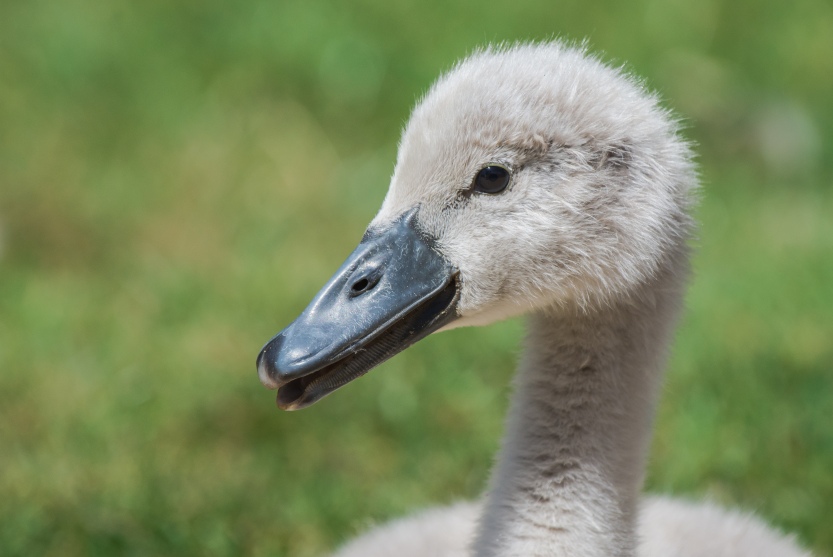
The American Problem
Whilst the Mute Swan represents the serenity and beauty of a European summer, it presents a serious problem in the North East and Mid-West United States. In the 1800’s the Mute swan was introduced to estate lakes and parks as an ornamental addition from Europe. This familiar story ends with the bird succeeding and being awarded the title of invasive species, as though the swan itself did the invading. The Mute swan’s aggressive nature is becoming a problem as it displaces threatened native wildlife from its nesting sites. The swans enormous appetite for shallow growing water plants is destroying the habitat of many aquatic species. A Mute swan can eat over 3.6 kg (8 lbs) of aquatic plants a day. In its native Europe the balanced eco-system can cope with this harvesting, but in its new territory this feeding pattern is unsustainable. The controversial practice of population control is taking place. This has included culling of adult birds or more recently the less divisive practice of egg addling, which means removal and destruction of eggs.
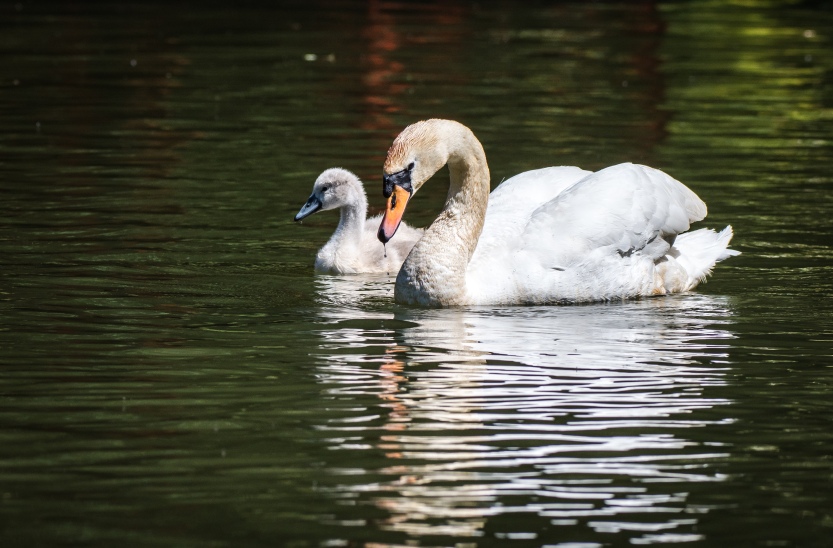
The Mute swan is a joy to behold on either side of the Atlantic, but I will always associate them with summer days on southern English gravel pit lakes. No longer is ownership of Mute swans a status symbol of the aristocracy. This dubious honour has been transferred to race horses and sports cars. These elegant birds are, once again, their own masters but they choose to hang around people, perhaps to share a little of their beauty and tranquility to balance our hectic lives.
Join the conversation below. Have you encountered Mute swans on either side of the Atlantic? What do you feel about the population control in the US? Maybe you were terrified that a swan would break your leg with its wings?
Connect others with wildlife by sharing this post on social media and, if you enjoyed this post, please follow Incidental Naturalist.
Categories: United Kingdom, USA
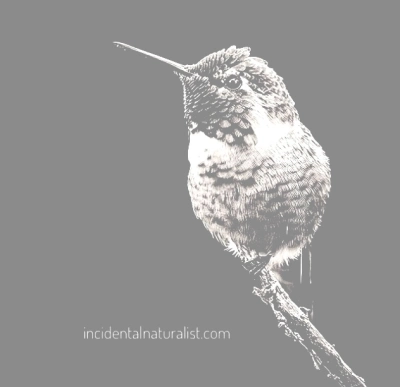


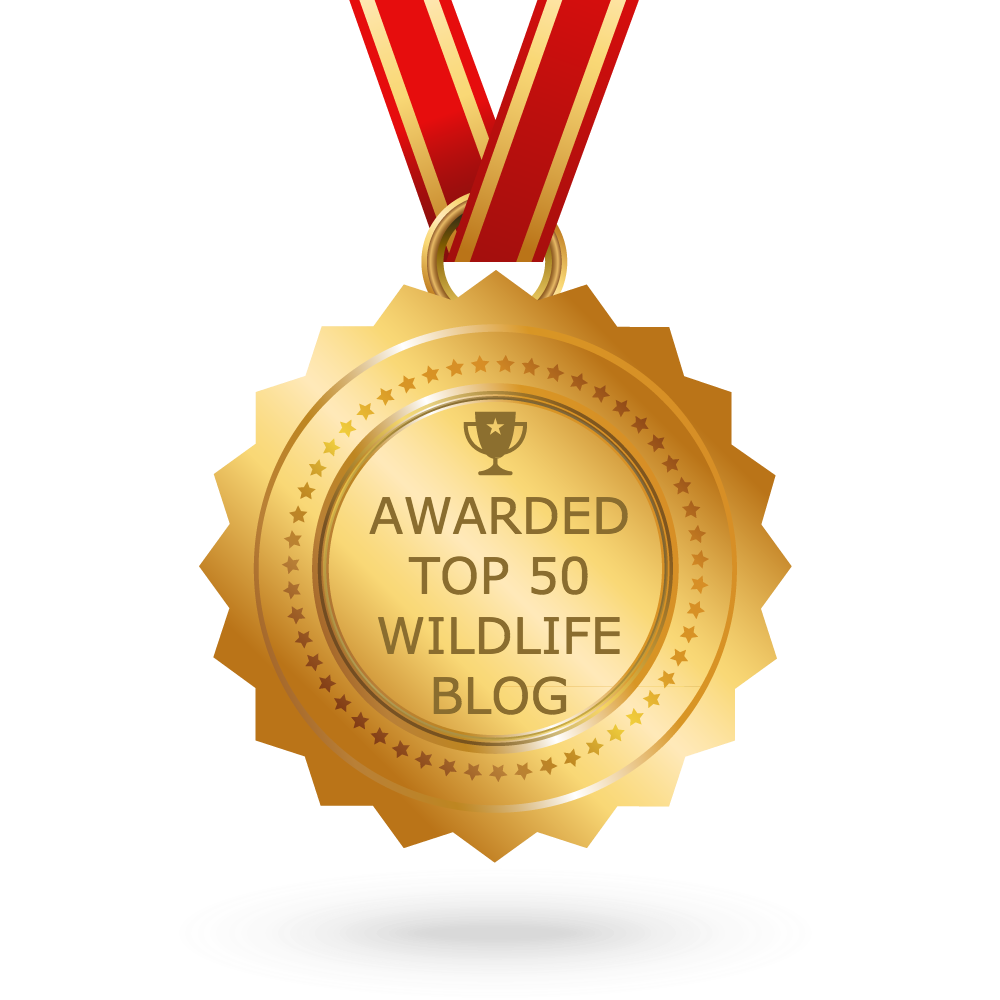

Wonderful post about a wonderful bird! I love the connection with the English royals! How very cool. I’m not sure if it’s true but I remember a scene in The Tudors where Henry VIII served these swans at one of his banquets! I think the premise was the swans were connected to Anne Boleyn so once she had her head removed…. he also killed the swans. Fascinating stuff.
LikeLiked by 2 people
Thank you so much, Sarah! I was really not sure about this post. I’m thrilled that you like it! It is true that back in the time of Henry VIII and for years after the mute swan was considered a delicacy at Royal banquets.
LikeLiked by 1 person
What a post! Probably the best since I joined wordpress (well, for umpteenth time). I wonder why they are called Mute? Do they not hiss that loudly? I would be scared brainless of them. I think I might have encountered them or birds similar to them while visiting UK. They were higher than people when they tried to stretch their necks up and snatch the bread from people’s hands.
That line was very funny: “to send them moonwalking back from the water’s edge” :))
Also, I wonder if authorities can add something to birds’ diets to stop them procreating so much? Although that’s probably expensive. Culling of the young ones is unexpectedly cruel. Although, it’s not that unexpected if you think about all farm animal industry or state shelters.
Anyway, thank you for the great post!
LikeLiked by 1 person
Thank for the lovely comment! Really I wasn’t sure about this post at all so this is very encouraging. 🙏 I believe that the name is because they make less noise than their very noisy swan cousins from around the world. As for population control, I alway worry when we think we can be the architects of the eco system. It never seems to work well even when we are trying to undo mistakes of the past. It is a tough one!
LikeLiked by 1 person
Definitely. I mean I agree with you that attempts to architect nature always bring disasters. Although, nature does bring disasters too… But that’s not my point. I was just sad for those birds but I know they are not the only ones that one can feel sad for. Your post is fantastic. There’s lots of interesting info. It’s big and it’s never boring. I’ll be looking forward for your new posts 🙂
LikeLiked by 1 person
Always interesting to read about new species from a different country! Great pictures btw!
LikeLiked by 2 people
Thank you for the kind words, Tamanna. I’m glad that you enjoyed the post! 😊
LikeLiked by 1 person
Interesting to learn about their ‘invasive’ status in the U.S. and I liked the irony that you approached this topic with. The mute is a species I find it quite hard to place my feelings on I think especially after seeing them alongside bewicks and whoopers, they seem to lose a touch of elegance. Growing up and continuing to live in the U.K. though, means that certain landscapes would not be complete without their gliding presence. I’d miss them if they were gone, and will hopefully learn to give them their own credit without being prejudiced by their commonality. Great piece.
LikeLiked by 2 people
Thank you so much for this comment. Because they are also common to me I almost didn’t post this article at all. I will be posting a future article about Tundra swans and it was in planning the Tundra article that I realized that the common old Mute is not common for people living in other parts of the world. For those people the Mute is an exotic beauty. That realisation forced me to think a little differently about them and to view them through fresh eyes. I’m trying to do that with all common species now.
LikeLike
I like your thinking David – the magpie is a bird I’ve really learned to appreciate after seeing one raise her chicks from our garden this year. It lead me to read up on them and certain studies align their intelligence to that of apes. Yet to most they are background noise.
LikeLiked by 1 person
While visiting my parents in June I tried and failed to get good photos of magpies. Background noise and pests to other birds, but tremendous survivors at a time when surviving can’t be taken for granted.
LikeLiked by 1 person
This was very interesting reading and great photos, too. I did not know much of this. I agree that we tend to just muck things up worse when we try to fix our mistakes with nature. It’s not the swans’ fault and I do not believe they should be killed. Nature will find it’s balance, even if the swans end up destroying something (geez, how many things have WE destroyed??). I take the long view, not the short.
I had to chuckled at the bird with the “bathtub ring” of pond scum around its body!
LikeLiked by 2 people
Thanks for the comment, Eilene! I’m glad that you enjoyed the post. I think nature always finds a balance of it is given time to do so. We can’t freeze the ecosystem at a point in time and expect to be able to manage it to stay that way. Yes, and the orange necks from excessive dabbling 😊
LikeLiked by 1 person
Hi David, it’s always a pleasure to hear from you.
Mute swans are beautiful, but it’s been drilled into my head quite firmly that they are invasive species on my side of the pond. It’s obviously not the swan’s fault that North American wetlands can’t cope with them, but I’m still strongly in favor of population control.
LikeLiked by 2 people
Hi Josh! Thank you, sir. It is always a pleasure to hear from you.
I totally understand because the reverse dilemma applies to the Grey squirrel in Britain. I’ll be writing about them soon. Swan population control should be easy as they are big, white and slow moving. I suspect the barrier is the horror of wholesale killing such a magnificent bird. As is often the case there are excellent scientific and philosophical arguments for and against.
LikeLiked by 1 person
Well this was a delightful read David. And superb photographs!
Alison
LikeLiked by 2 people
Thank you, Alison! 🙏 very kind! I’m glad that you enjoyed it.
LikeLiked by 1 person
Thanks for the interesting post and excellent photos. It is weird how humans, the most invasive of species, adjudicate the invasiveness of other species! There are conundrums though. In my lifetime many species that were common are no longer so. I have come to think that we need to treasure even the apparently common and take nothing for granted. Change can be be rapid or it can be slow, but it is often unanticipated.
LikeLiked by 2 people
Thanks for the thoughtful comment. I think our self appointed role as ecosystem adjudicators comes from our belief that we are outside of the system looking in, rather than part of that system. There are conundrums and we tend to approach those conundrums without any level of consistency. Often cuteness or beauty wins out over science. I have no answers but I do treasure any creature that has the audacity to thrive, against all the odds.
LikeLiked by 1 person
Thanks David. I agree with what you say, and it is all very complex. Glad you treasure the “audacious” creatures – sadly, often they are the most persecuted by us humans.
LikeLiked by 2 people
Wonderfully informative as ever, David! Your posts always include learning, sharing, beauty, humor, and understanding. Interesting how humans have used nature as ornament over and again throughout history, unfortunately without understanding the balance of relationships in nature (or realizing we’re a part of that balance). The learning continues ongoing –
LikeLiked by 2 people
Thank you, Lara! Your comment is very kind. I feel that I am often writing about an ill-informed decision that humans have made in a crude attempt to beautify or modify the environment. There are as many examples of flora as there are fauna. I suspect that evolution will straighten it all out in the end, when it has finished straightening us out! 🙂
LikeLiked by 2 people
Beautifully said – couldn’t agree more. Hopefully, we’re all still evolving forward (or outward, or however it looks in a positive direction ;)) Human growth and learning seems to be forever. Let’s aim it in the right directions. Thanks for helping with that!
LikeLiked by 1 person
I grew up being afraid of swans because on a family vacation to an aunt’s place in the countryside of Java I was chased by one of her swans. But as I grow older I start to appreciate the beauty of this elegant bird. I realized I have never really paid attention to how swans fly, until I saw your photos. No wonder a few airlines in the world use them in their logos.
LikeLiked by 2 people
Thanks for the comment. I think most small children have been chased by a swan or a goose at some stage. I was certainly afraid of geese for a few years for that reason. I don’t see kids getting chased by them these days. Maybe the swans and geese have mellowed. 🙂 They really do combine elegance and power in flight.
LikeLike
Another great post David! I loved : “I knew that it was true because every person I met, young or old, knew that this bird was a leg breaking monster.” It’s interesting how such ideas can continue to be passed on and on without any real substance to them. Beautiful photos. It’s always so interesting to learn more about “common” nature. I look forward to your next post, truly.
LikeLiked by 1 person
Thank you, Tara! I’m glad that you enjoyed the post. It is amazing how many things there are in life that everyone knows to be true, when in reality it is fiction or at best opinion. Keep an ear open for it. The world runs on hot hair that has been made turned in to facts. 🙂
LikeLiked by 1 person
Hi there, I had no idea that the mute swan was a problem after introduction across the Atlantic! I do know they are powerful birds. I was rowing in Thorpeness Mere in Suffolk, UK, when I found I was in the direct line between a male swan and his rival. The defender ran at my position to take off (to fly over me) and ended up with a slightly too short a take off. The final lift was achieved with a soggy foot on my head as I ‘ducked’ down in the boat. I can vouch that swans are very large, heavy and strong. I wouldn’t like to tackle one.
Good article!
LikeLiked by 2 people
😂 Gina, that is a great story! Not many people have had a soggy swan foot on their head, especially as part of the runway! I hope you were no injured. Thanks for the kind comment, and for making me smile! 😊
LikeLiked by 1 person
Thank you. The only injury was to my dignity :)))
LikeLiked by 1 person
What a lovely article. It brought tears to my eyes
LikeLiked by 1 person
Thank you, Amanda! 🙏 That is lovely to hear.
LikeLike
Dave, I enjoyed this, especially the descriptions of landing, taking off, defying gravity etc. I’ve written about some of this stuff. Birds are fascinating creatures, thus the millions of bird watchers on both sides of the pond and beyond. Good luck!
LikeLiked by 1 person
Thanks for the comment, Dave! I’m looking forward to reading your work. It is quite a thing to watch a swan charging across the water surface as it looks for some air to lift it up. Have a great holiday season!
LikeLike
I really enjoy reading the story,
LikeLiked by 1 person
Thank you! Glad you enjoyed!
LikeLike